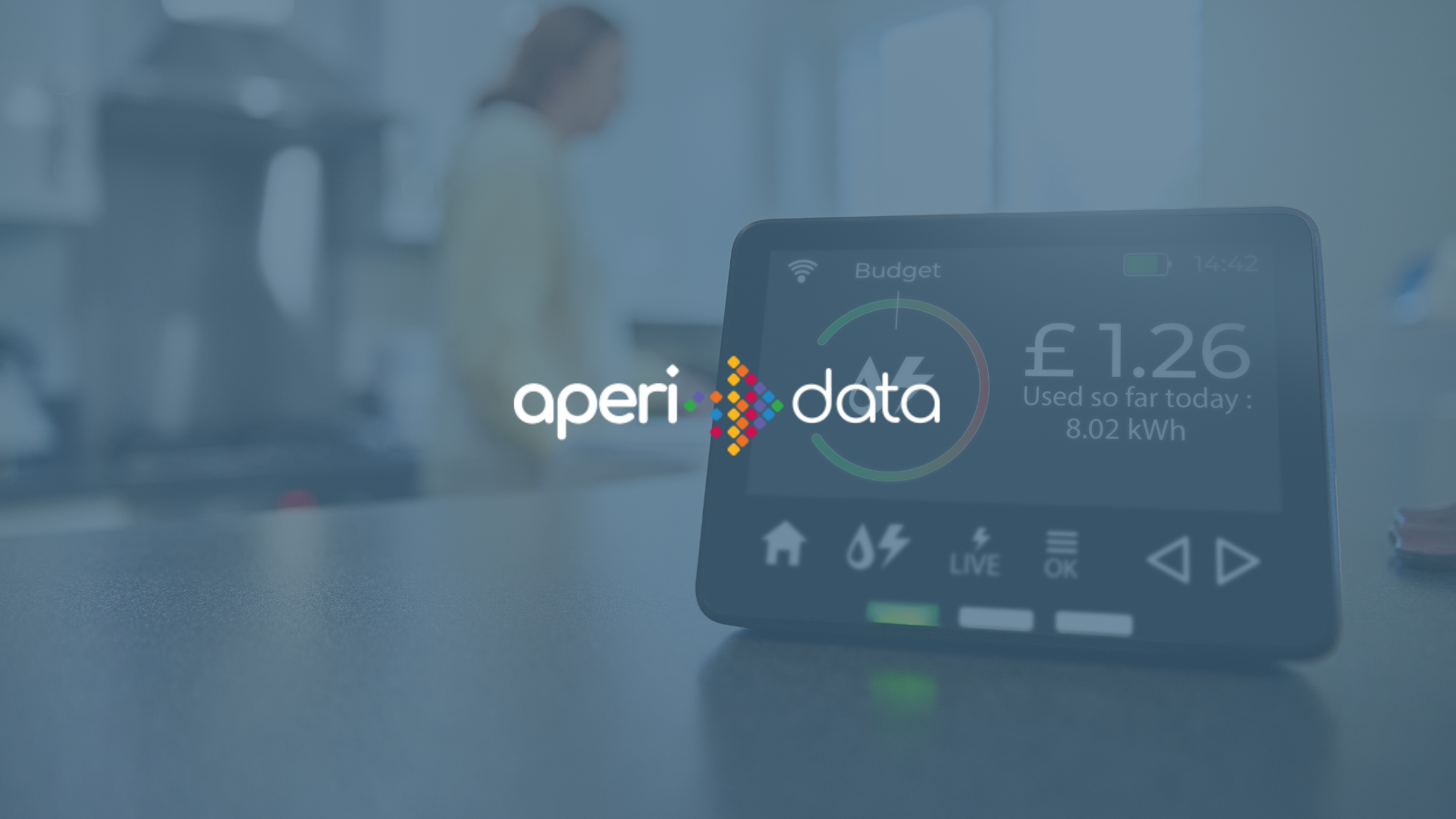There’s been a small but telling update to the Warm Home Discount scheme. Households now need to prove they earn under £36,000 a year to qualify. That’s the income threshold. But what’s more interesting is the requirement behind it: actual evidence of income.
On paper, this might not seem like a big change. But in practice, it’s one of the clearest signs yet that public and utility sector support is becoming more data-led, and more demanding.
It also raises questions about how income is defined, how it’s measured, and whether current systems are fit for purpose, particularly for households with non-standard income, fluctuating hours, or anything outside the usual PAYE structure.
Because when the bar for support gets higher, the risk of excluding the wrong people goes up too.
What’s changing and why it matters
The government’s latest update to the Warm Home Discount introduces a clearer income cap: households earning more than £36,000 are less likely to be eligible.
Applicants are now being asked to submit evidence of income. That might be payslips, a P60, or some kind of self-assessment. In reality, it introduces friction, especially for anyone without predictable employment or a neat paper trail.
And for those processing the claims? It adds complexity. What counts as income? Is it gross or net? What about seasonal earnings or shared households? Suddenly, the line between eligible and ineligible isn’t so clear-cut.
This requirement to actively prove income, rather than simply declare it is a change in how support is accessed. Instead of meeting a condition, it has to be demonstrated with data that holds up to scrutiny.
This has consequences. Not just for the people applying, but for the organisations managing affordability, vulnerability, and support at scale.
The bigger pattern: Affordability is becoming more data-led
What’s happening with The Warm Home Discount is part of a broader move across the public and utilities sectors, moving from assumption-based support to evidence-based affordability.
You can see the same thinking behind the growing use of social tariffs, payment matching schemes, and hardship fund eligibility rules. Increasingly, the question being asked isn’t just “Does this customer need help?” — it’s “Can we prove it?”
Some of this is policy-driven. Regulators are tightening expectations around vulnerability and affordability. Some of it is internal pressure, such as the need to justify decisions, target support more accurately, and avoid reputational fallout. Either way, the result is the same: more schemes are demanding hard evidence of household income and financial pressure.
That’s not a bad thing in principle. Better data means better targeting. But it also raises the stakes. If you’re going to make income evidence a gatekeeper, then the methods for collecting and verifying it need to be up to scratch.
And to be honest, that’s where a lot of processes are still catching up.
The problem with legacy approaches to income verification
Let’s be honest, most income checks still rely on a combination of self-declared figures, payslips, and the occasional P60. It’s familiar. It sort of works. But it’s far from ideal.
For one, the data isn’t always current. A payslip from two months ago doesn’t tell you much about someone who’s just lost hours, picked up extra shifts, or started a new job. And for people without regular employment, such as gig workers, carers, freelancers, and seasonal staff, information is often incomplete.
Then there’s the admin. Asking people to dig through paperwork, upload PDFs, or call support lines if they’ve lost a document… It’s time-consuming for them and expensive for you. And in the background, your teams are left trying to make decisions based on partial, static information.
Plus, self-declared income brings its own problems. Some people genuinely don’t know their exact monthly earnings, especially if they have multiple jobs or irregular hours. Others round up or down based on memory. A few, unfortunately, might misreport to try to qualify.
None of this is shocking. But if accurate income evidence is going to be the foundation of more support decisions (and that’s where things are heading), then these legacy methods start to look pretty shaky.
What better looks like: income checks that reflect real lives
For a lot of households, income doesn’t arrive on the same day every month or come from one source. It’s a patchwork — salary, benefits, pensions, child maintenance, maybe some gig work or cash-in-hand shifts on top. That reality doesn’t map easily onto a single payslip or static form.
So when we talk about improving income checks, we’re not just talking about speeding things up or reducing admin. We’re talking about making assessments more representative. More reflective of how people actually live and earn.
What does that look like in practice?
- A full picture of income: Not just wages, but everything that contributes to household finances.
- Real-time visibility: So you’re not assessing someone’s situation based on documents from last quarter.
- Indicators of consistency or volatility: To help spot financial pressure, not just tick a box.
This is where Open Banking comes in. It connects directly to a person’s bank account (with consent), and gives a clear, up-to-date view of their income patterns. No need for the customer to dig out files. No guesswork. Just data that reflects what’s actually happening.
We’ve seen this in action at AperiData. Clients use real-time income checks to support everything from eligibility decisions to affordability assessments. It helps them move faster, reduce customer drop-off, and make decisions that hold up operationally and ethically.
No process is perfect. But if the bar for evidence is getting higher, this is a much more realistic place to start.
The Warm Home Discount as a signal, not a one-off
It’s easy to treat the Warm Home Discount update as a standalone policy tweak. But it’s more than that. It’s a sign of where affordability checks are heading and how quickly the expectations around income evidence are changing.
Because once one scheme introduces stricter proof requirements, others tend to follow. You start to see similar demands crop up in payment support processes, in council-run grants, in energy hardship funds. And over time, it becomes the default.
There’s a risk here. That more and more organisations will be expected to run income assessments without being given the tools or data to do it properly. That they’ll end up relying on the same old methods — chasing paperwork, misclassifying households, or unintentionally excluding people who don’t fit the model.
But there’s also an opportunity. To build better systems now, before the pressure hits. To make sure income checks are actually helping the right people access support, not just slowing them down.
The providers who get ahead of this, who invest in making the process smoother and smarter, won’t just be more efficient. They’ll be more trusted.
The direction is clear: Are your income checks ready?
We’re moving toward a world where support schemes rely less on self-certification and more on hard data. Where eligibility decisions are expected to stand up to scrutiny, not just from auditors, but from the public.
That’s not a bad thing. But it does mean the way income is captured, verified, and interpreted needs to evolve, especially if the aim is to support the right households quickly and fairly, without creating unnecessary hoops for them to jump through.
The good news? The data already exists. With the right tools in place, you can access real-time, categorised income insights directly from a customer’s account; no paperwork, no follow-up calls. Just clean, accurate information that reflects how people actually earn and live. At AperiData, we’ve seen how powerful this can be. Talk to us to find out more.




